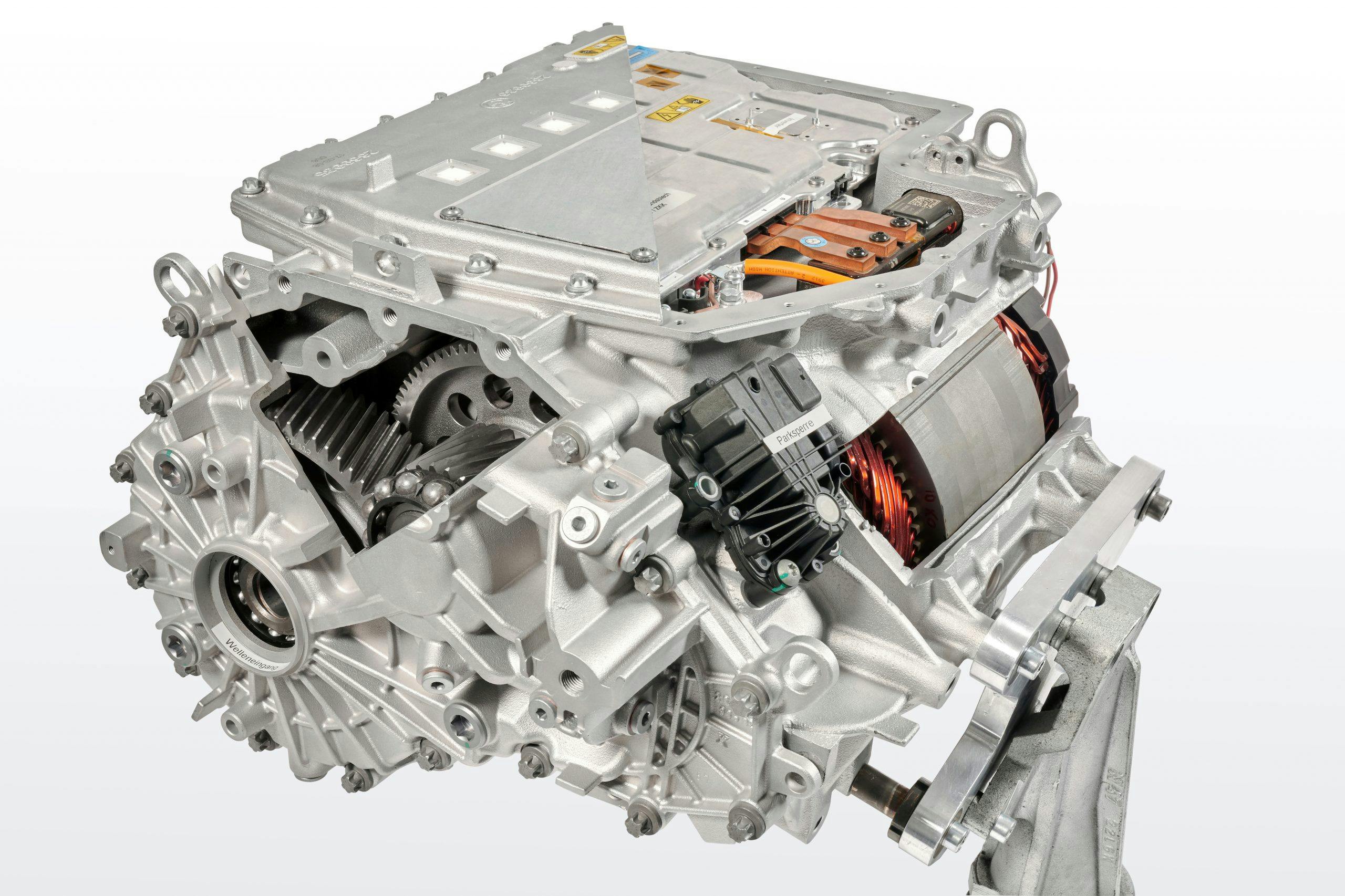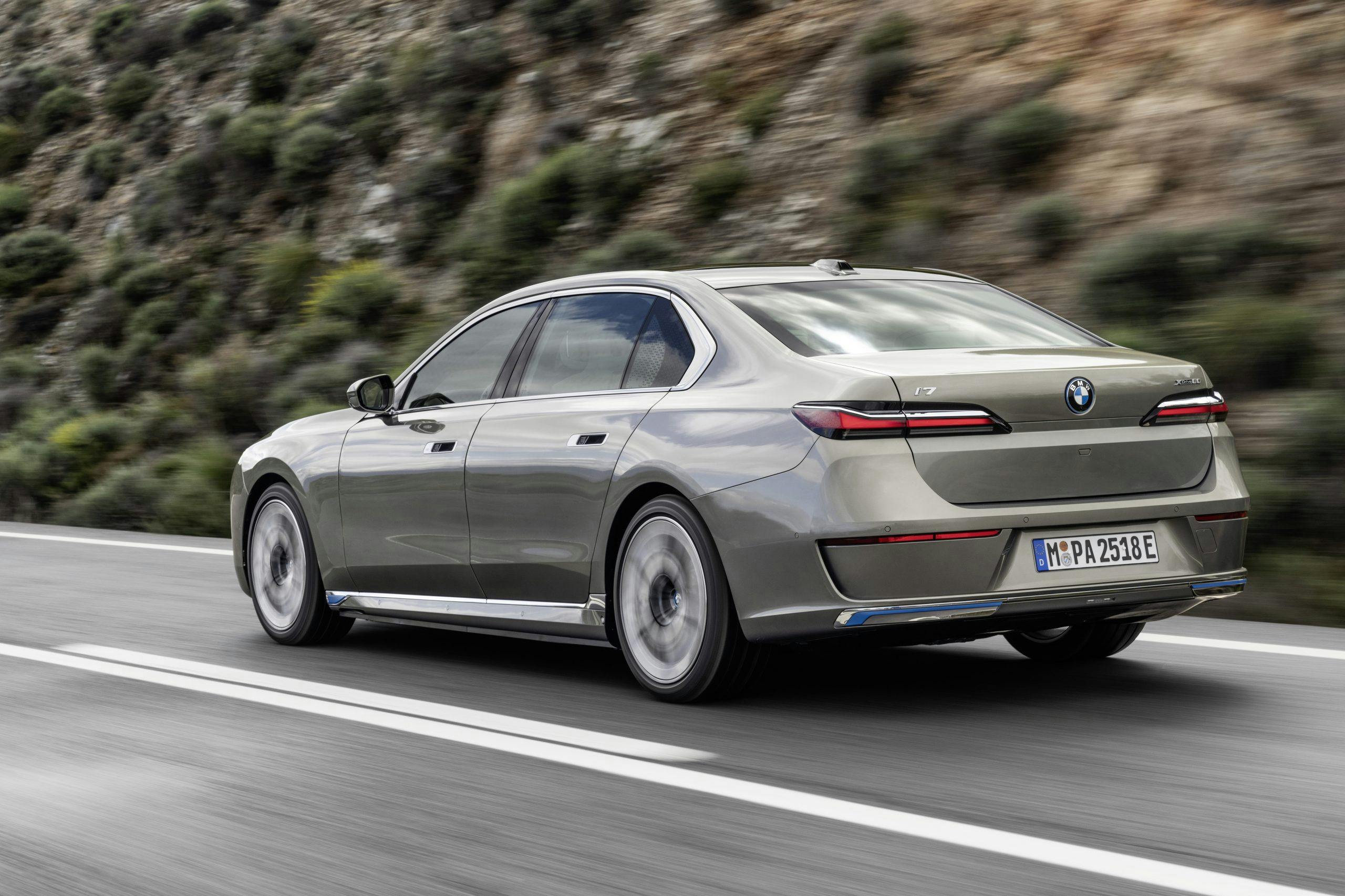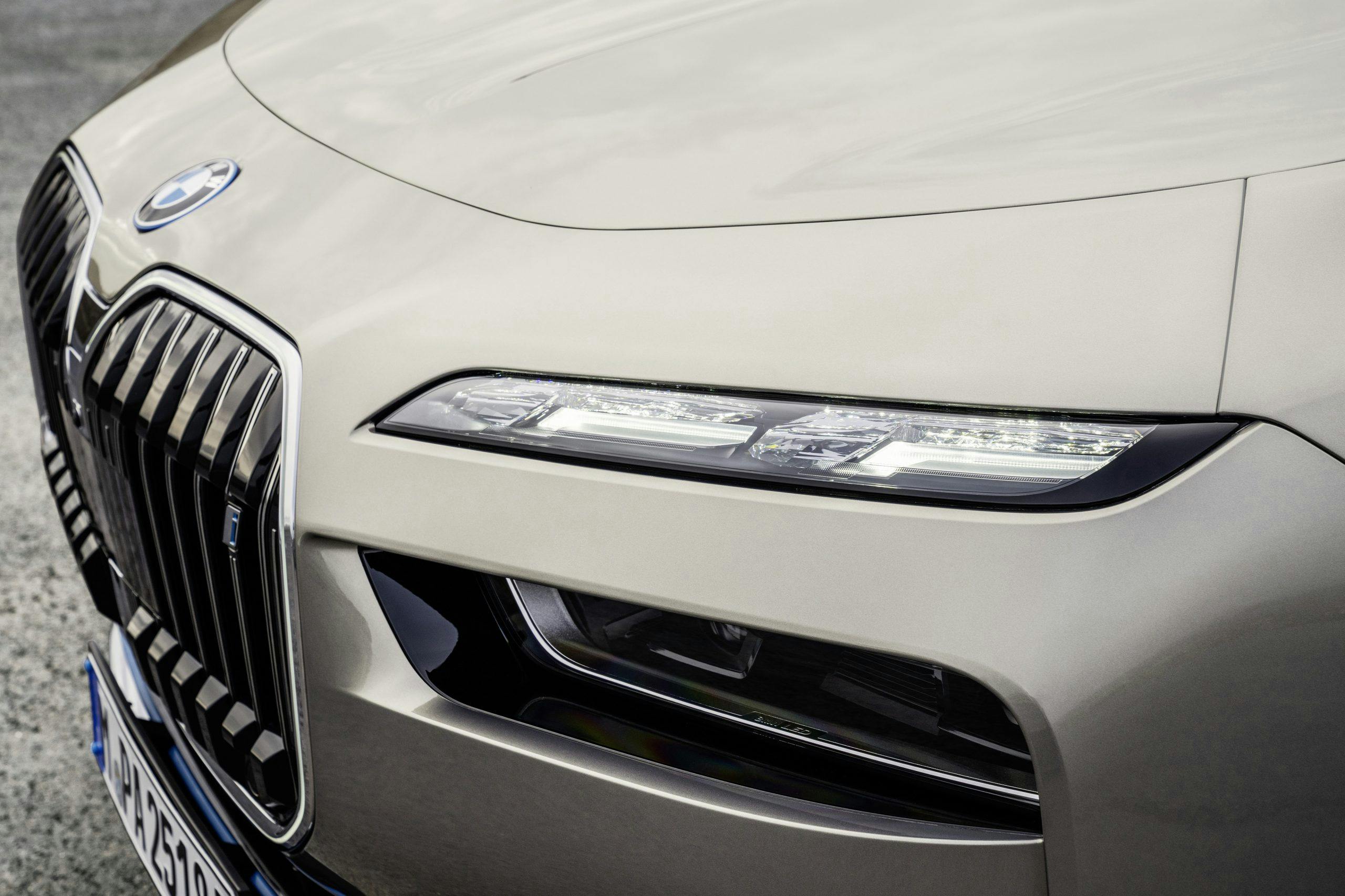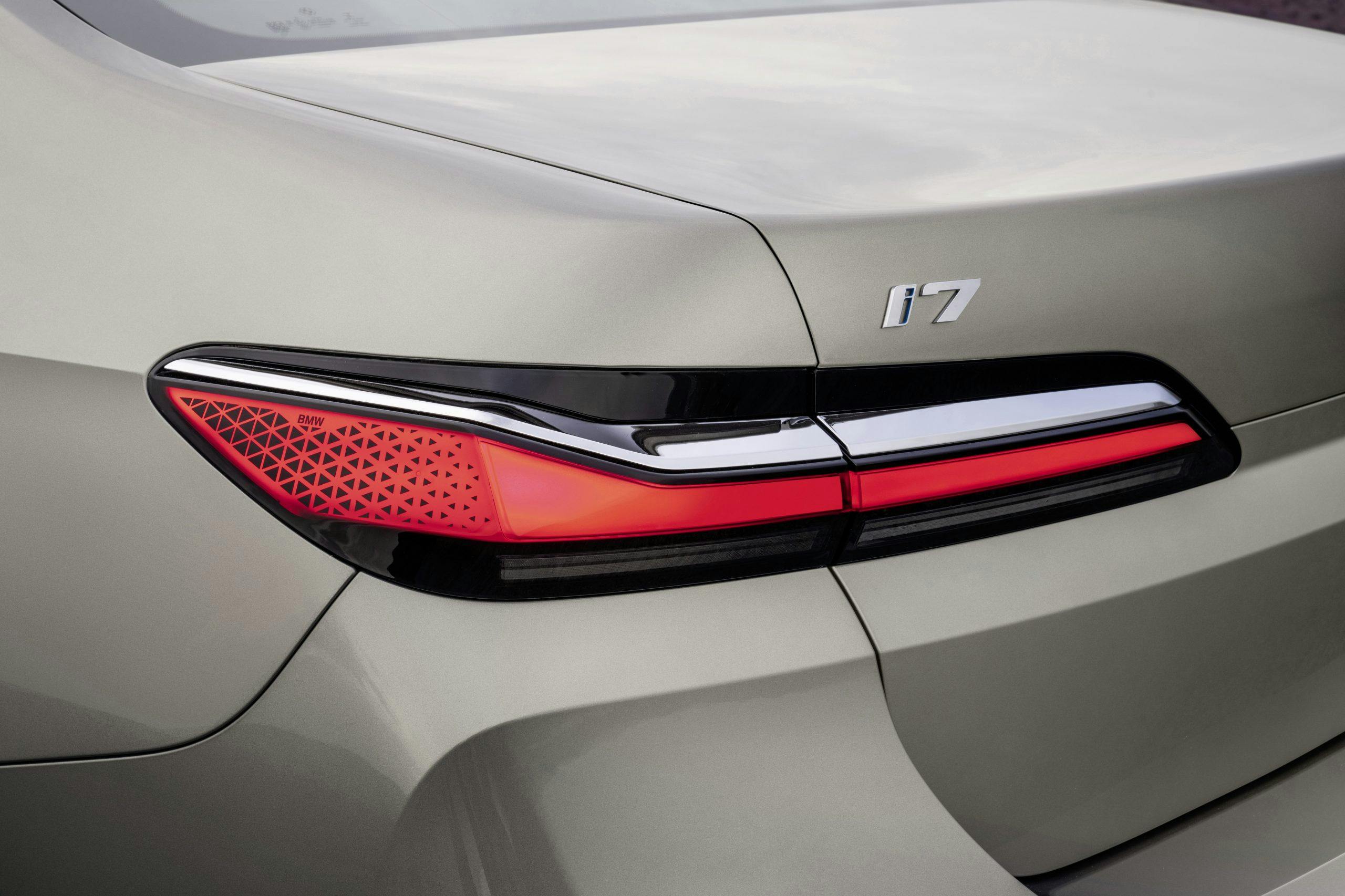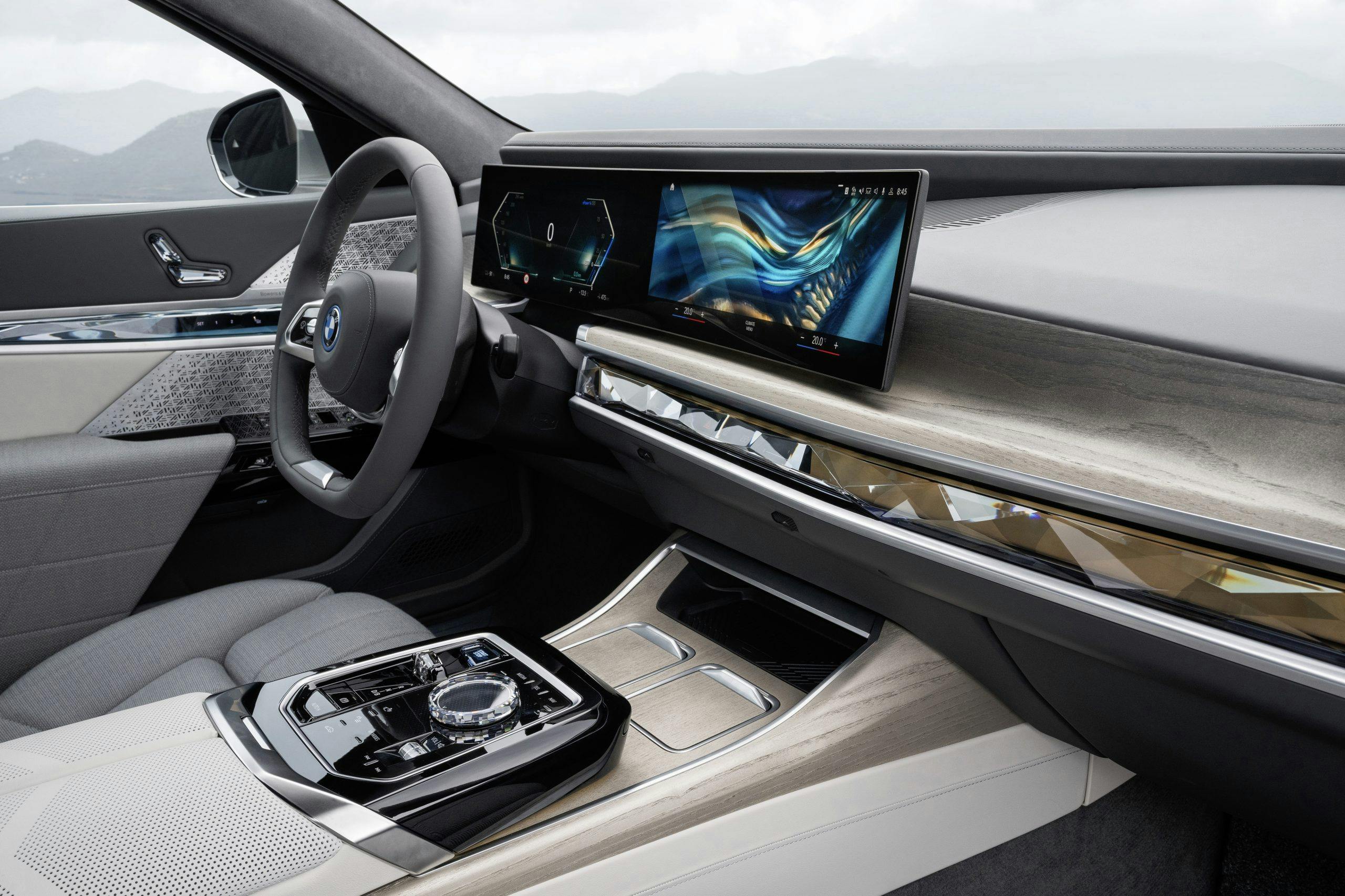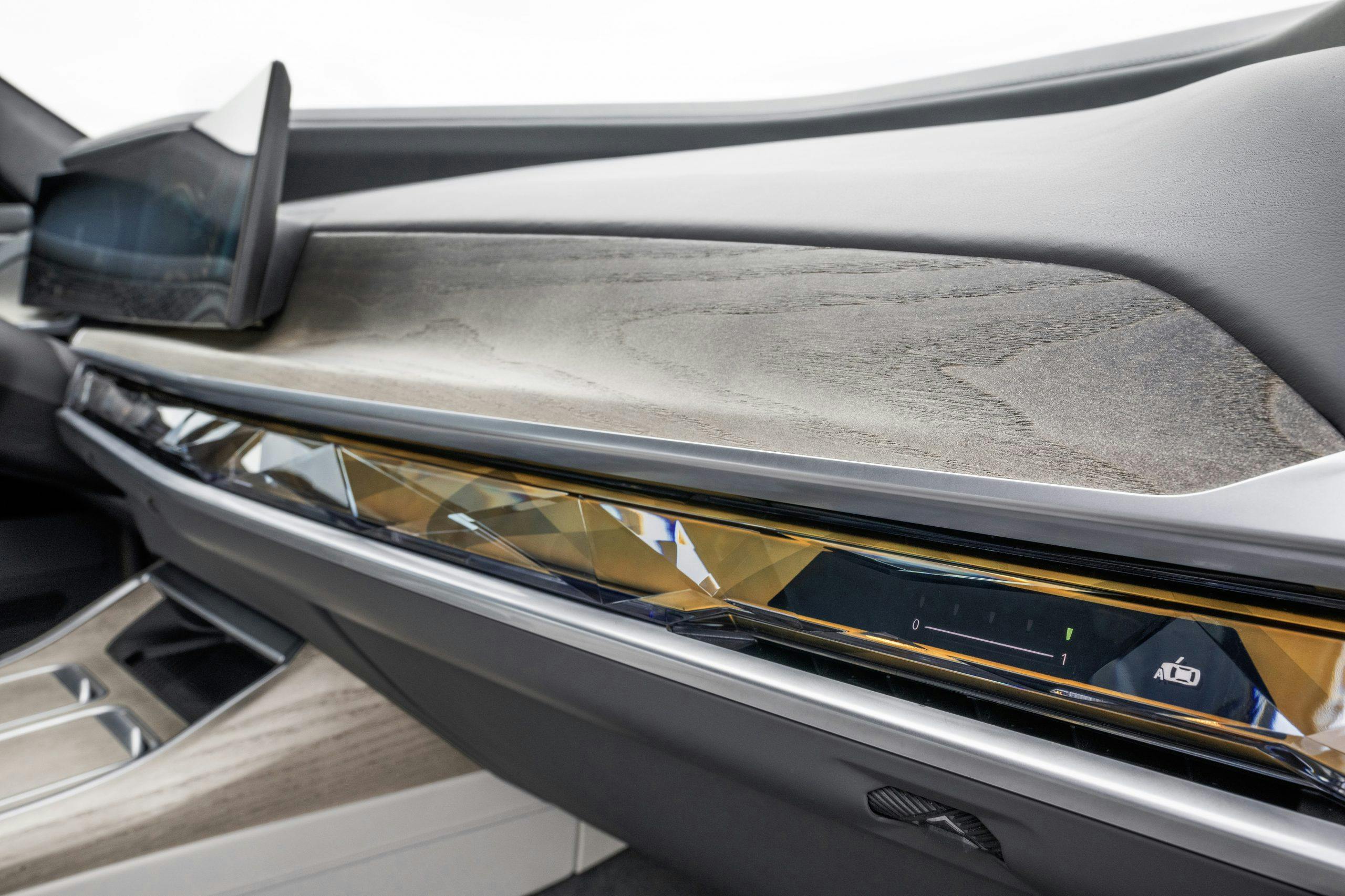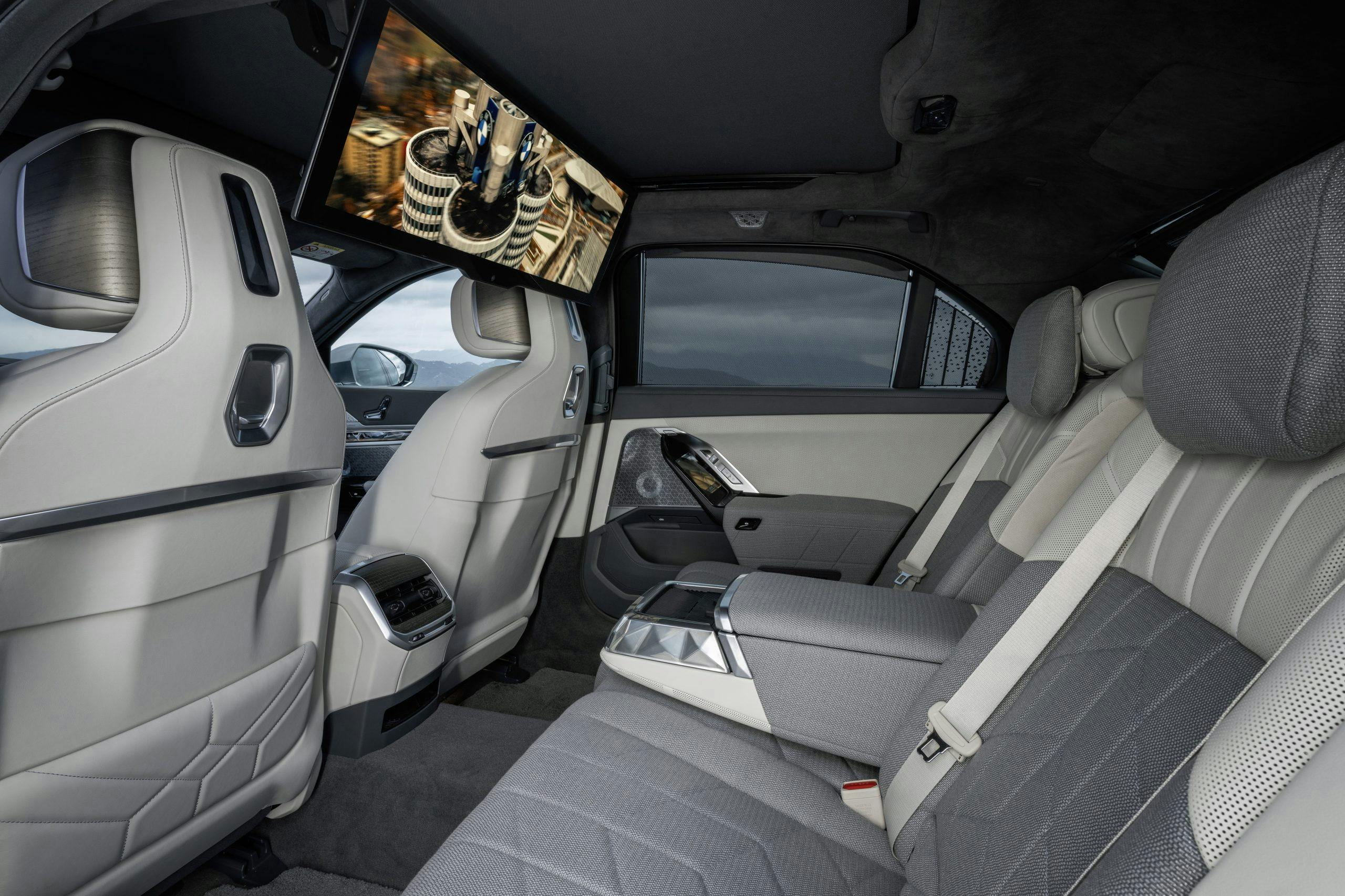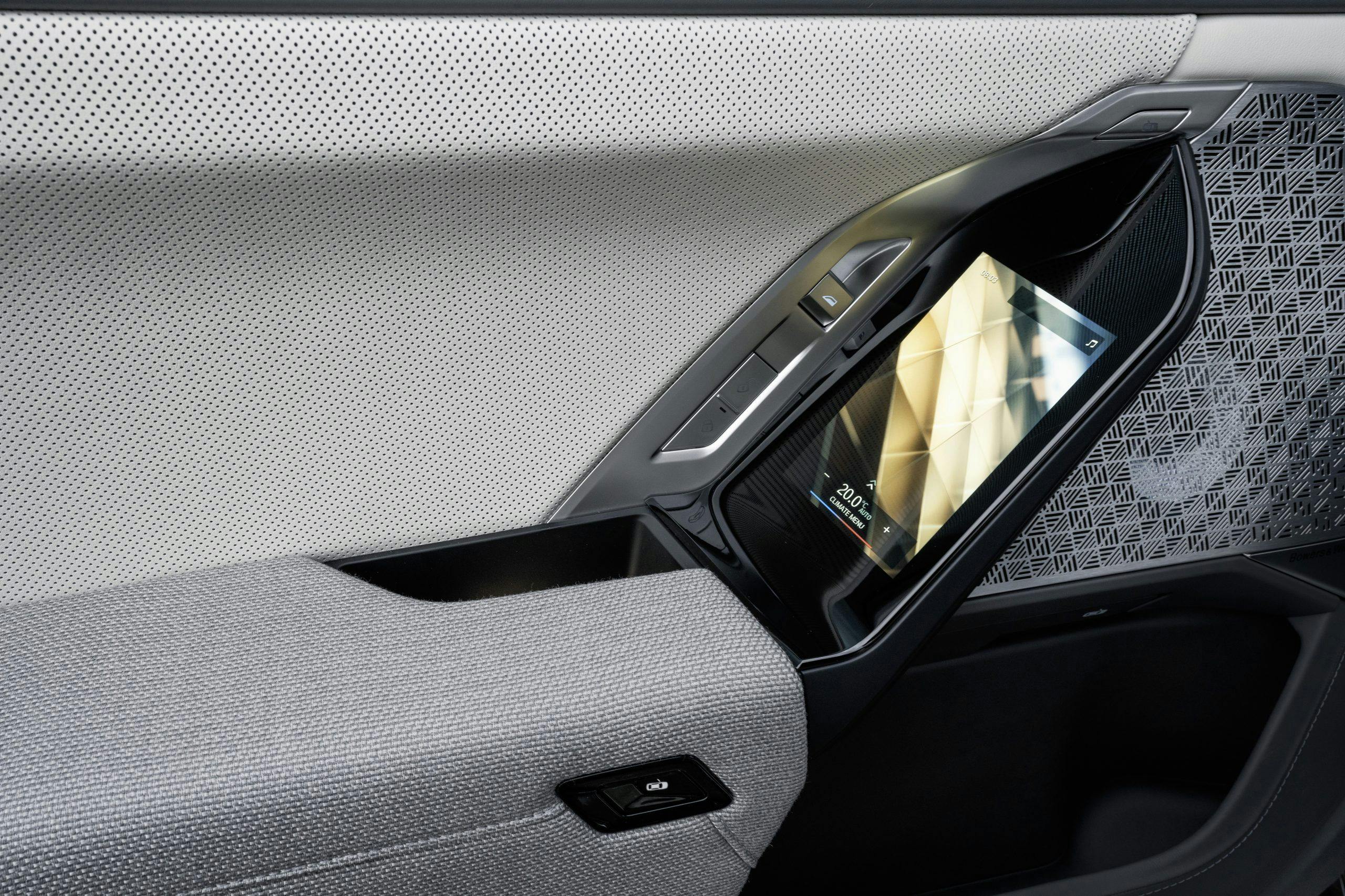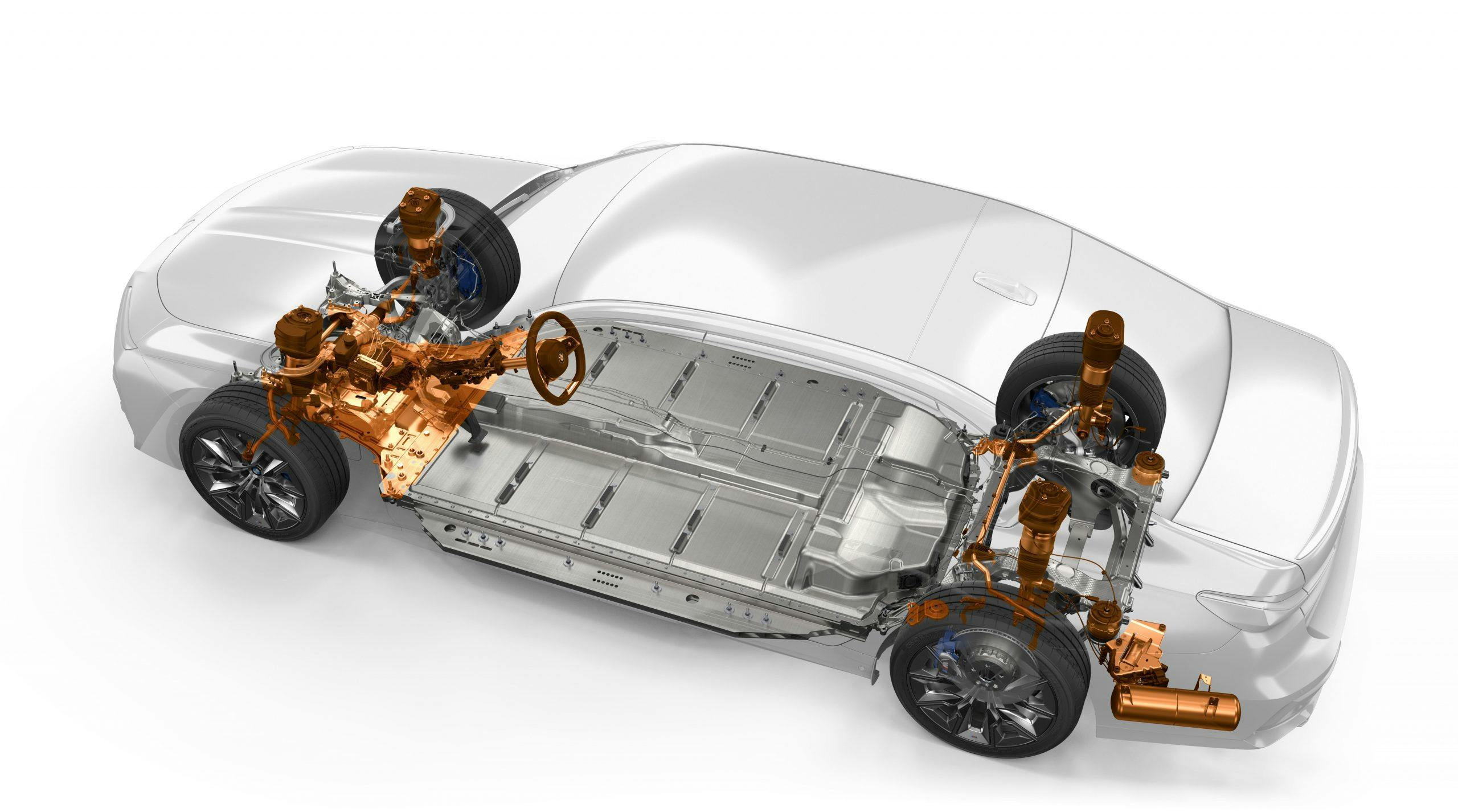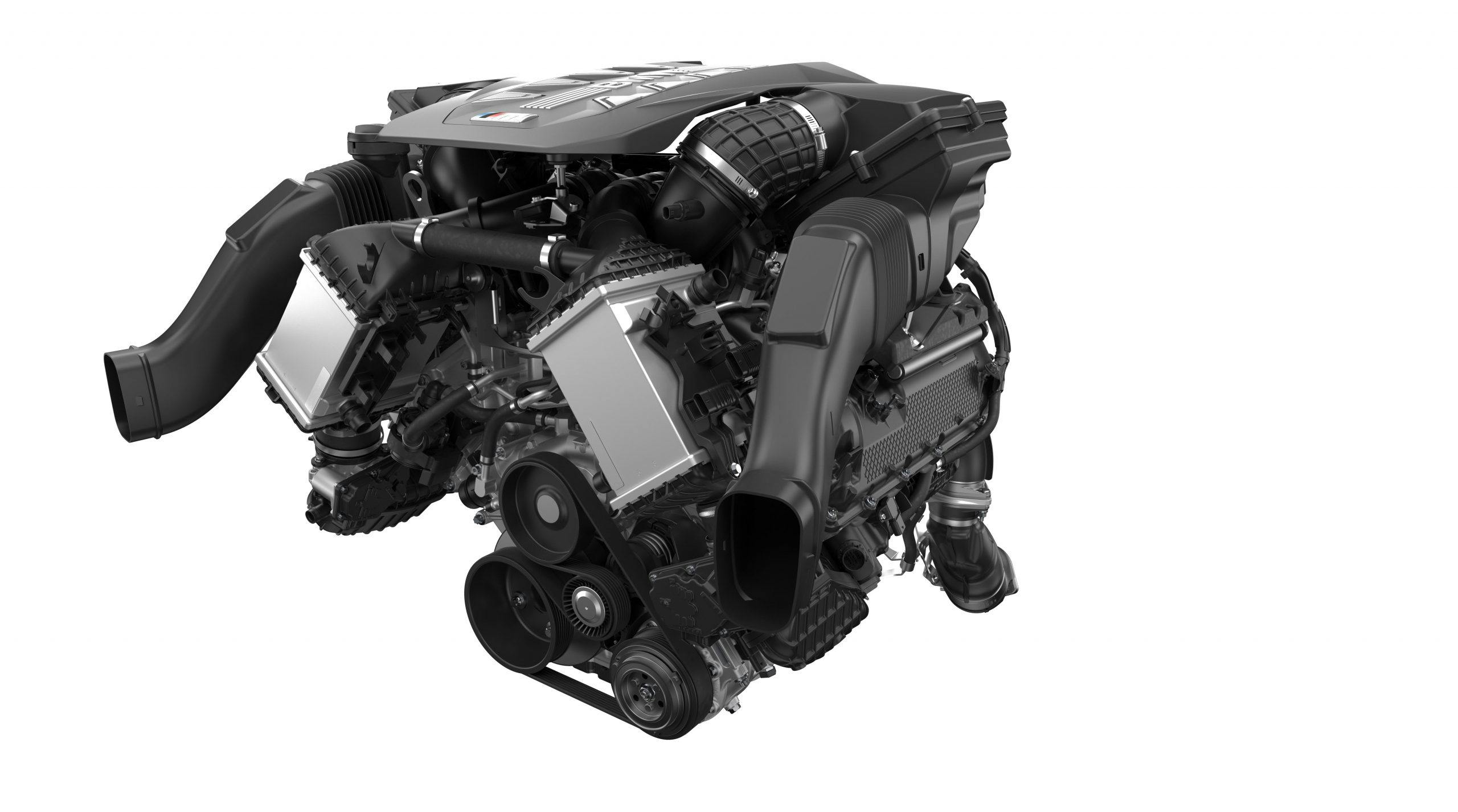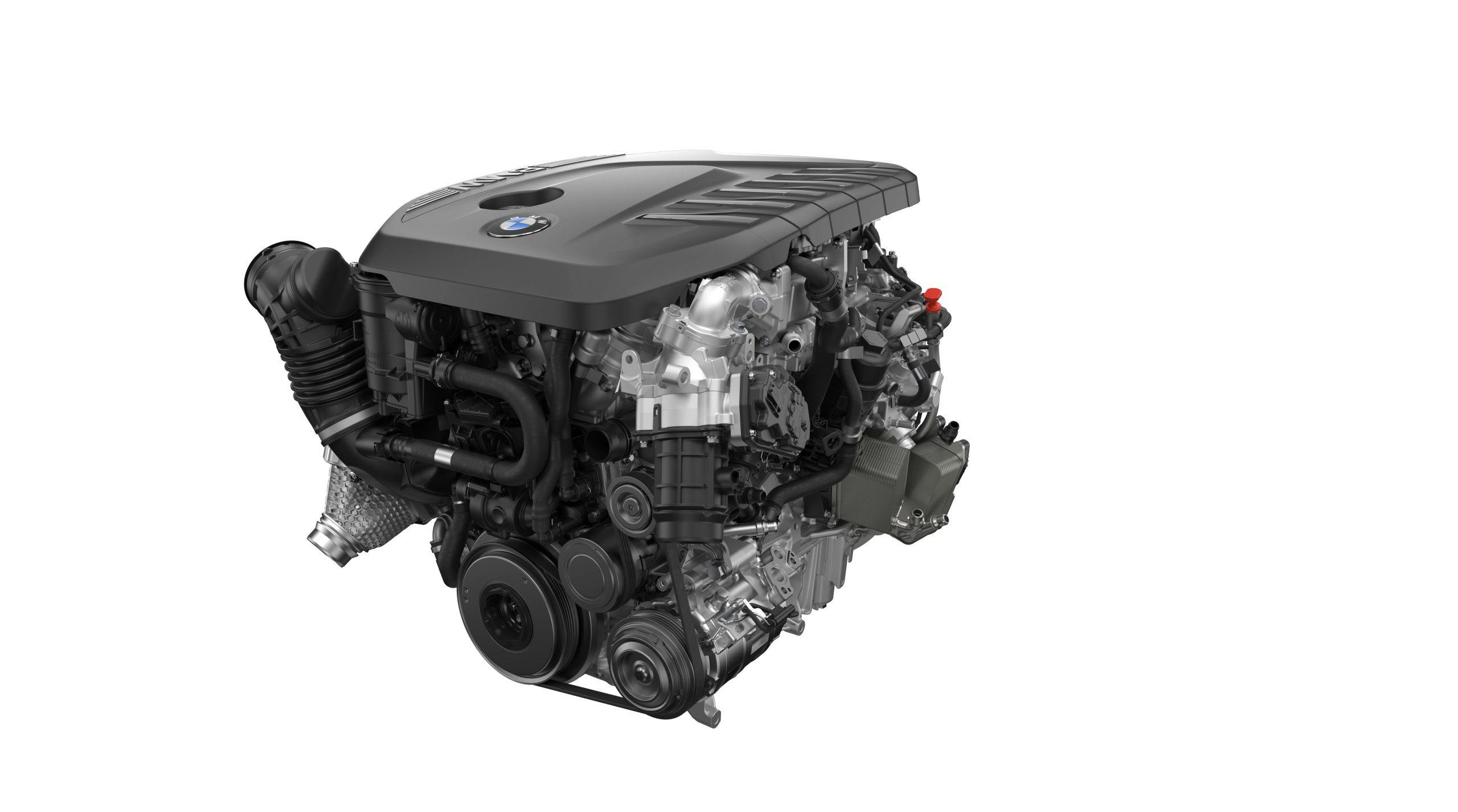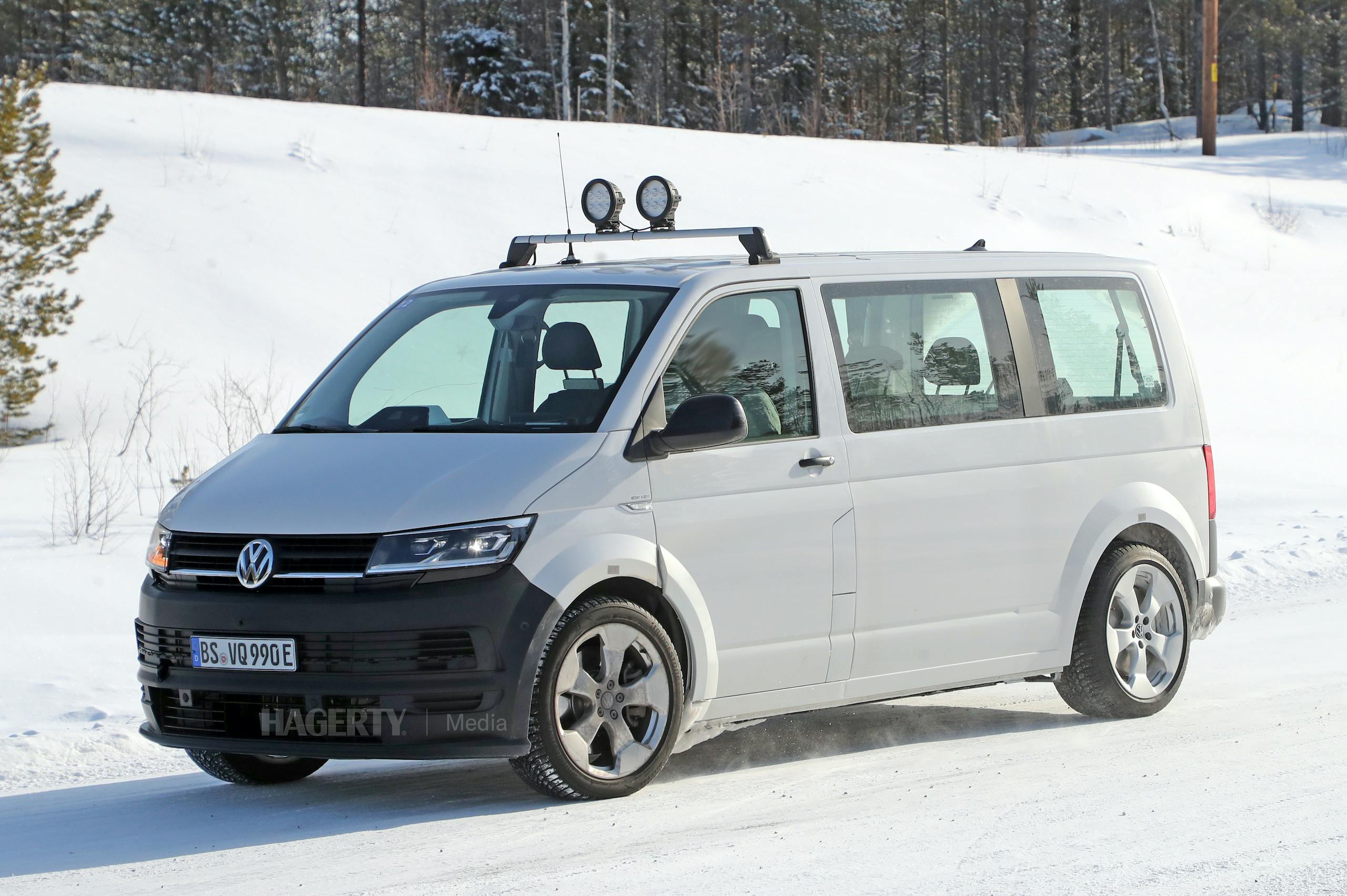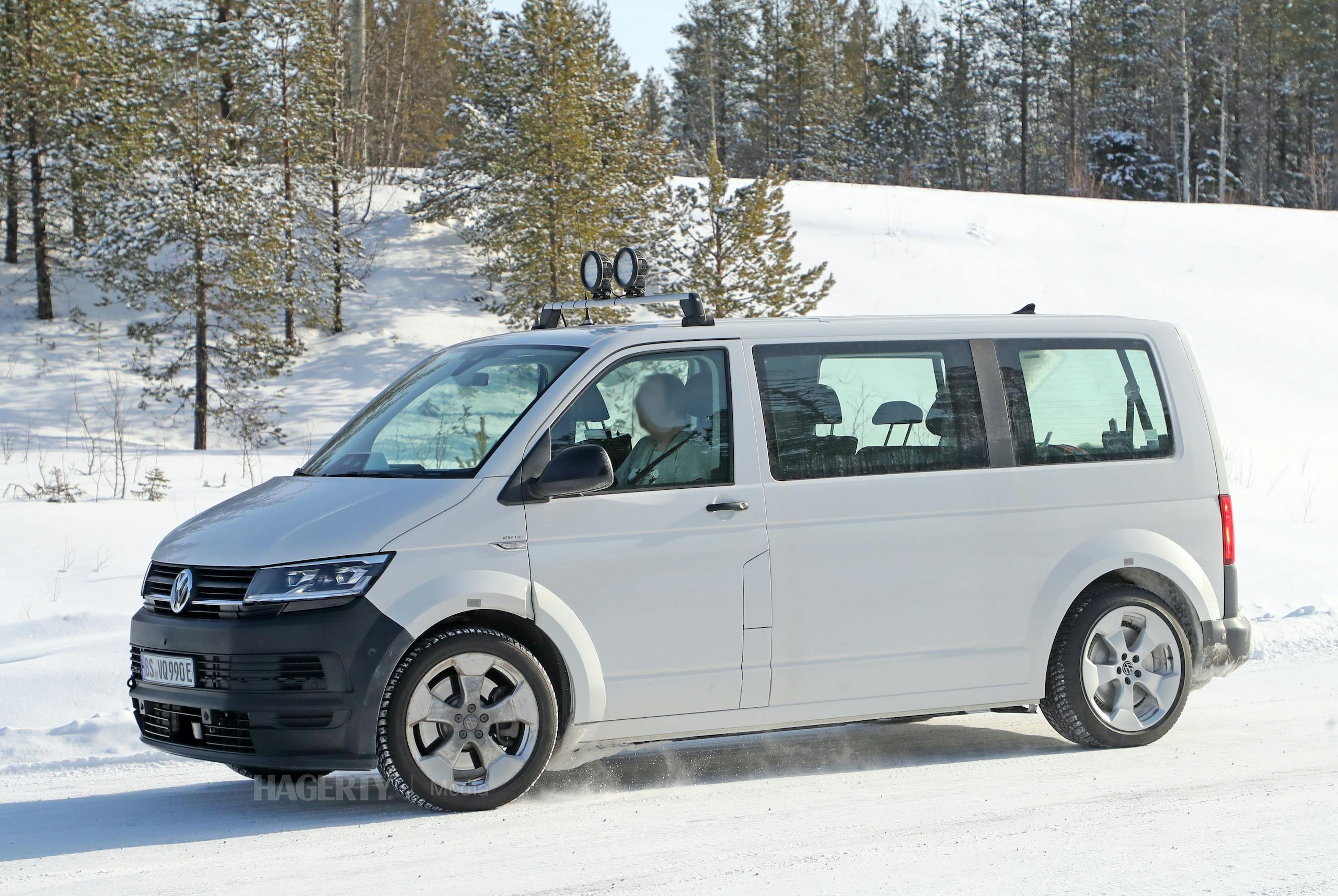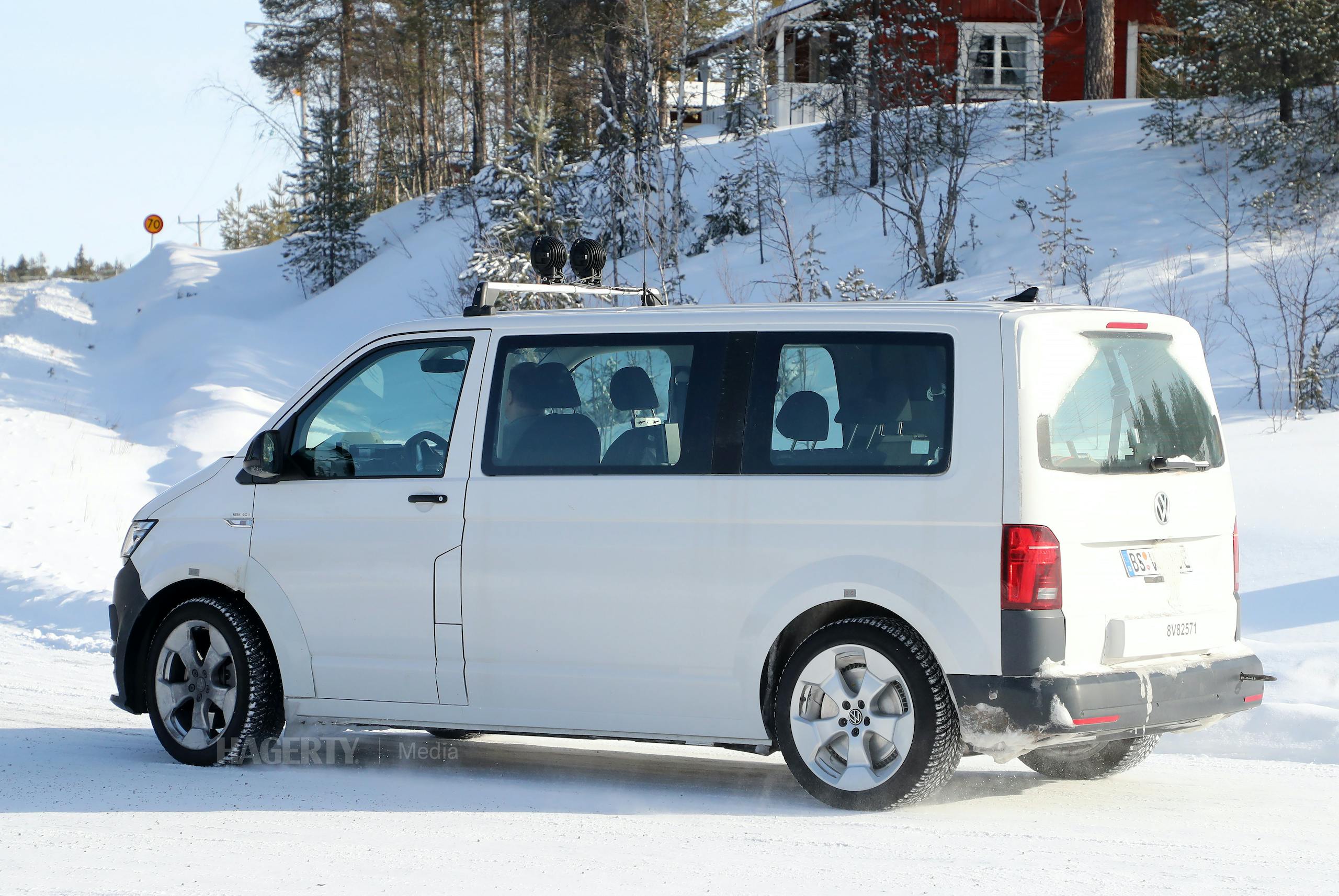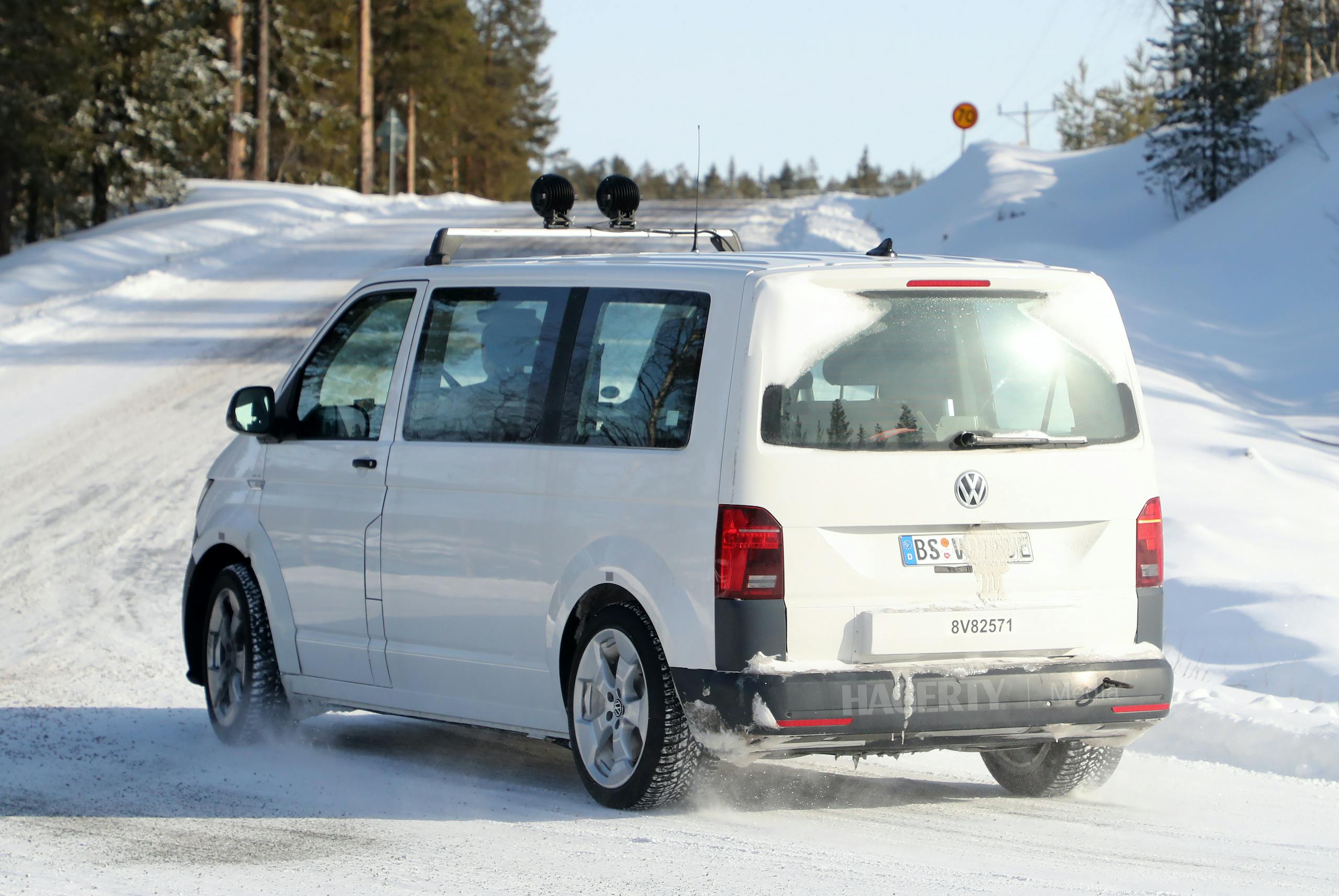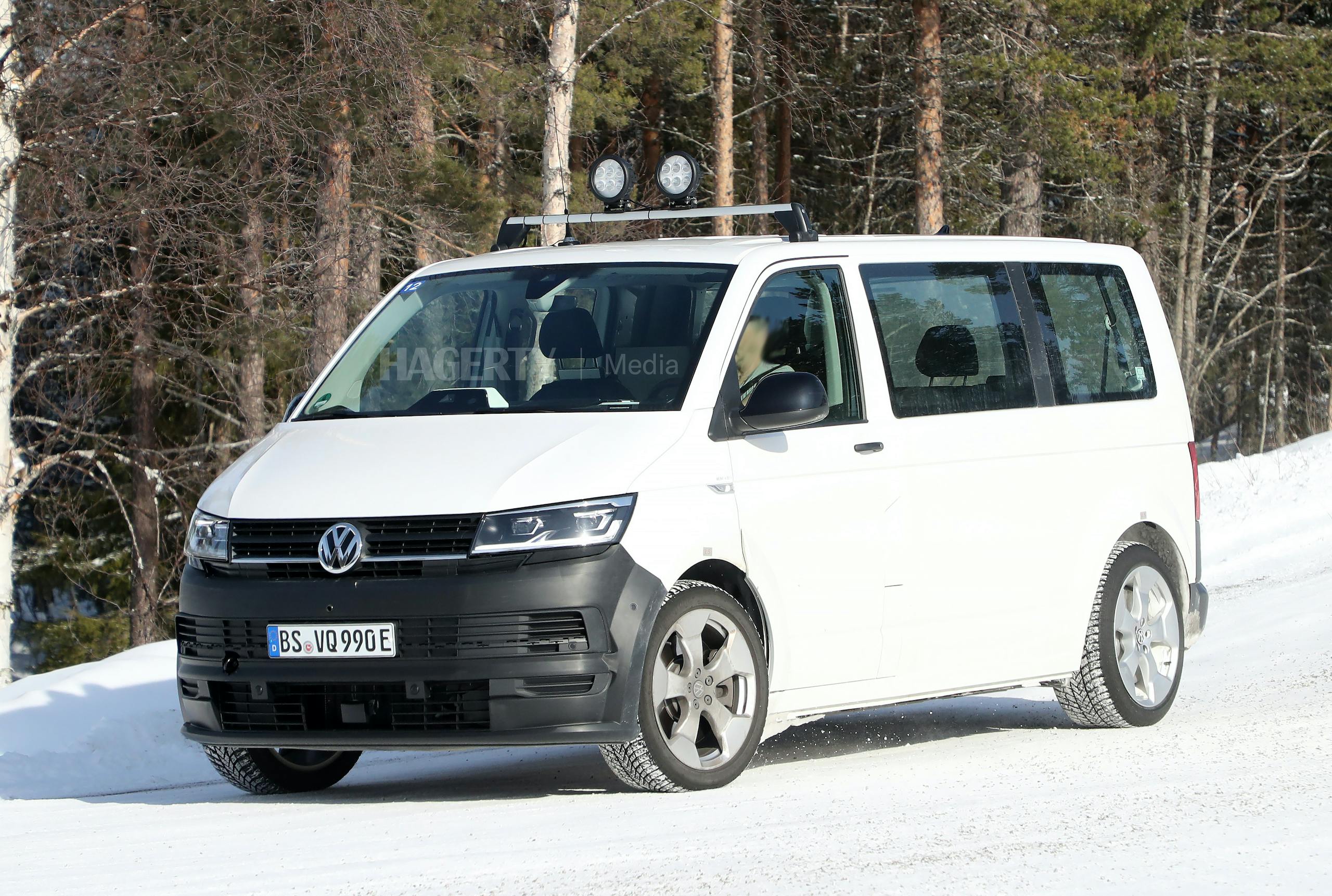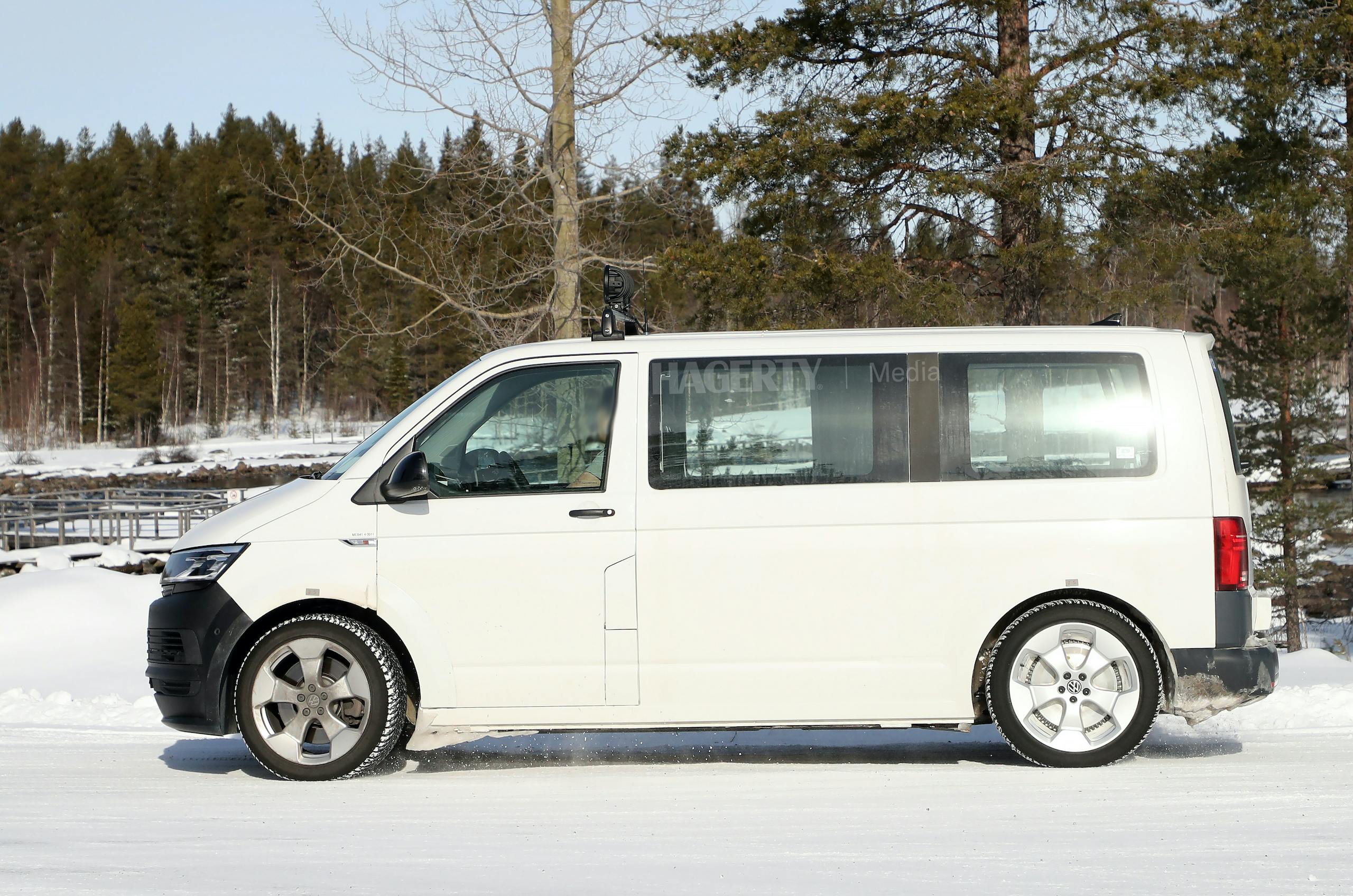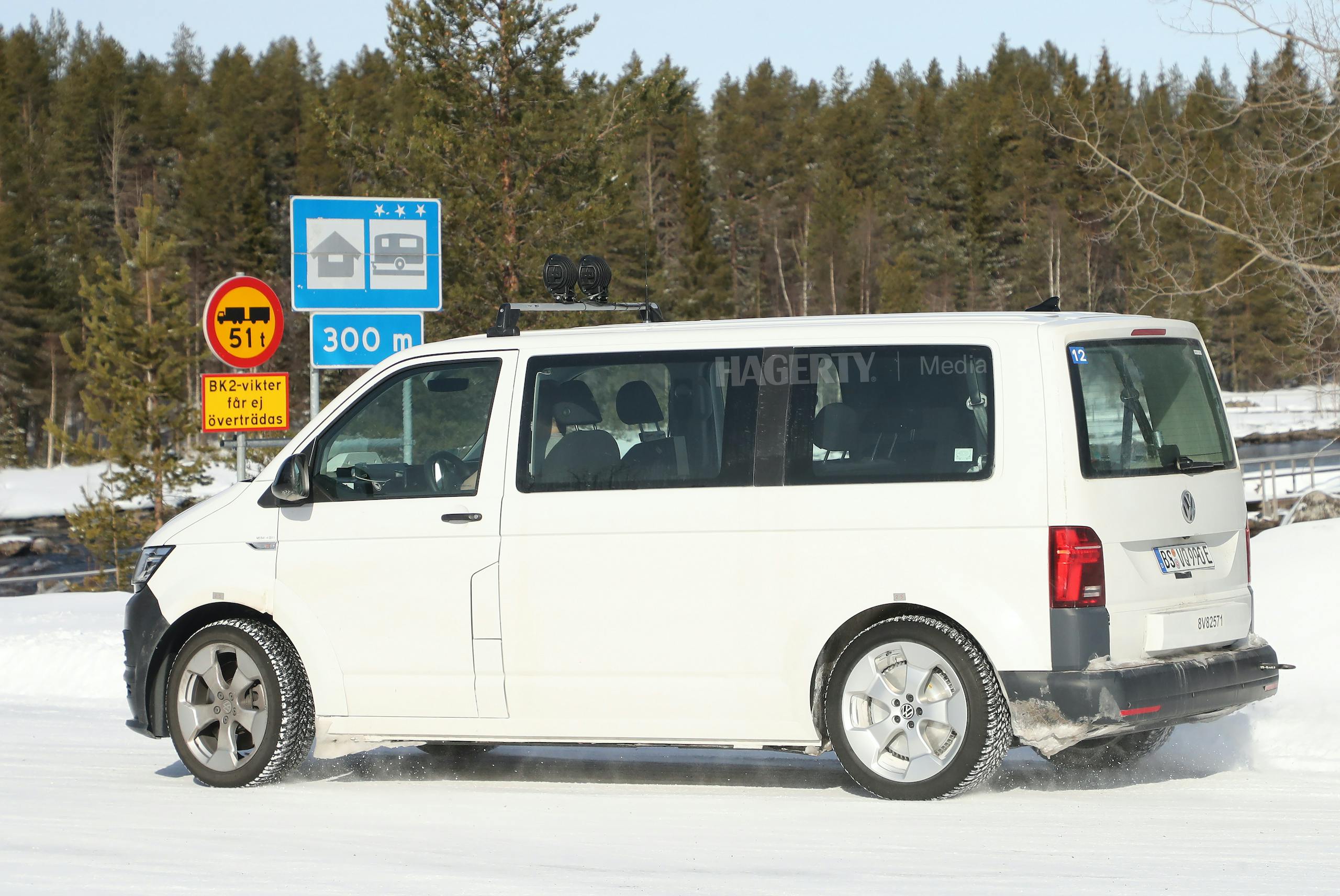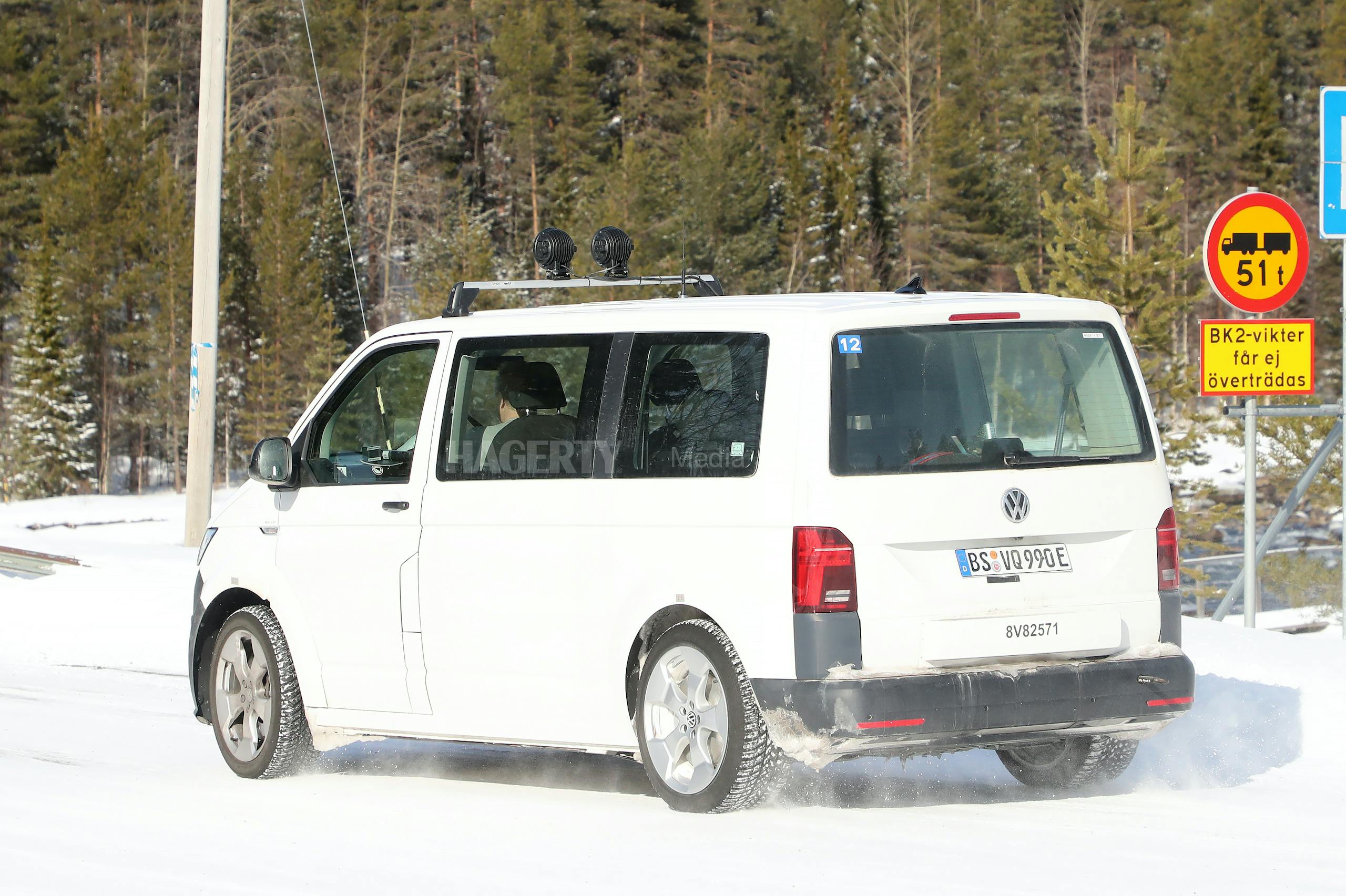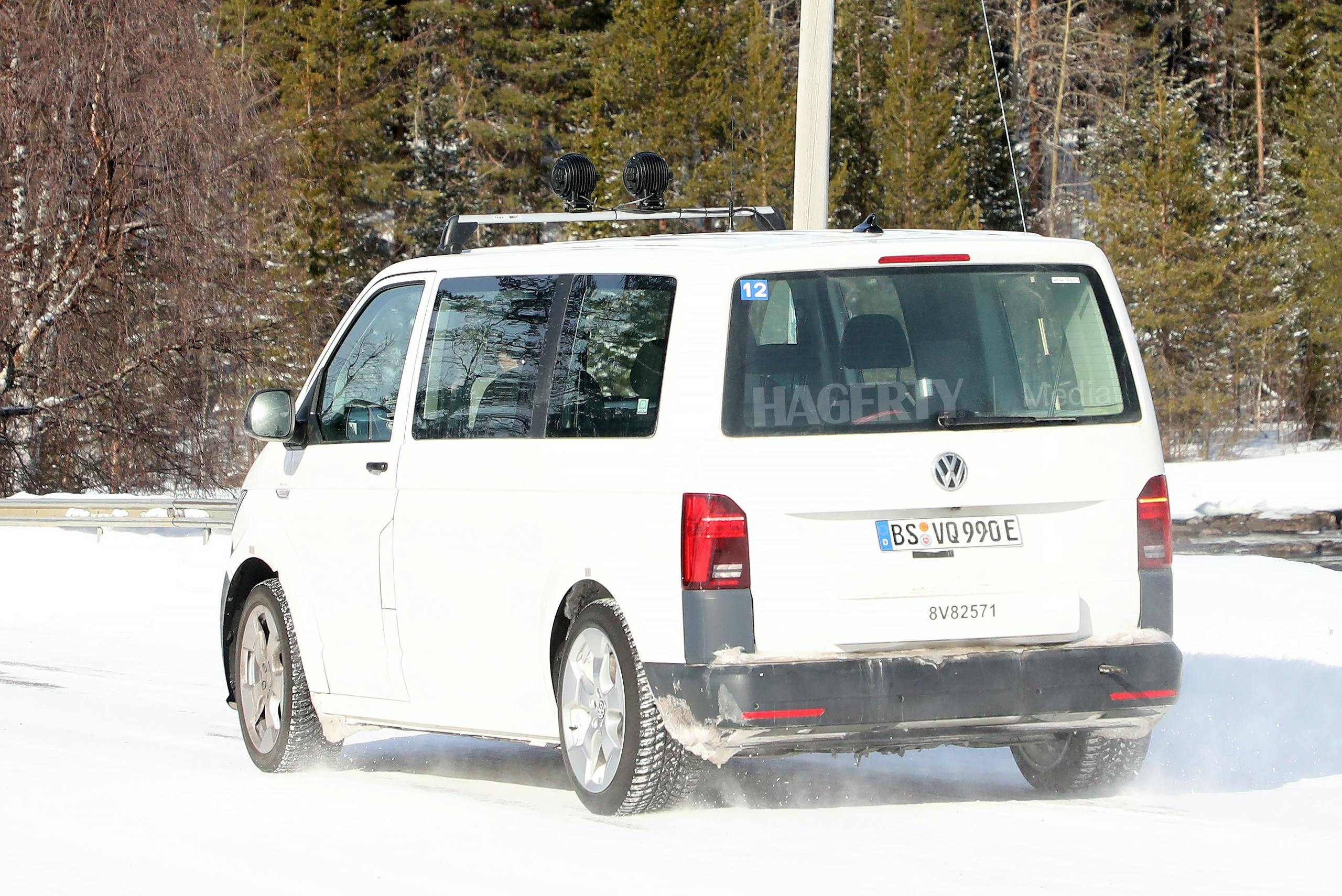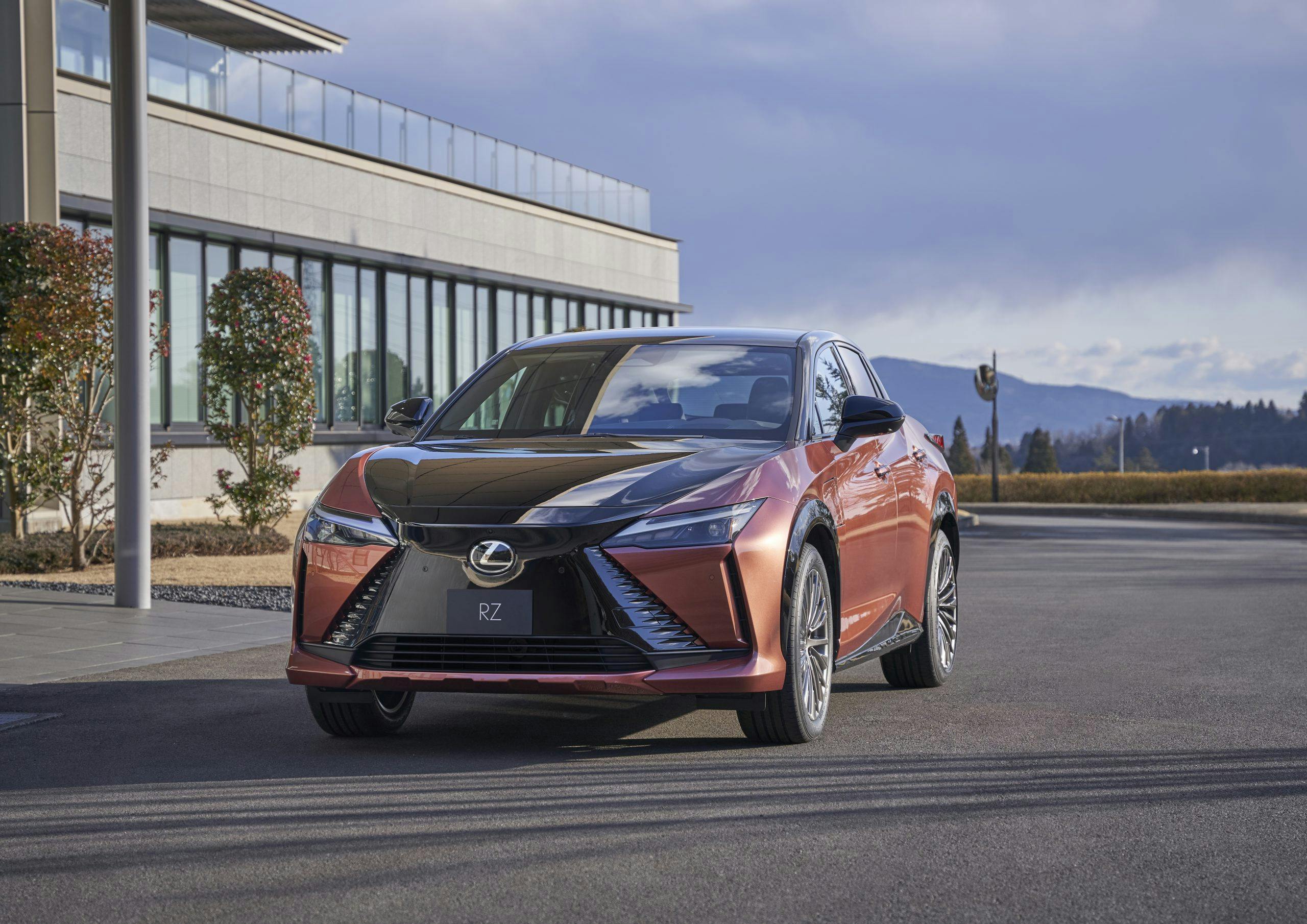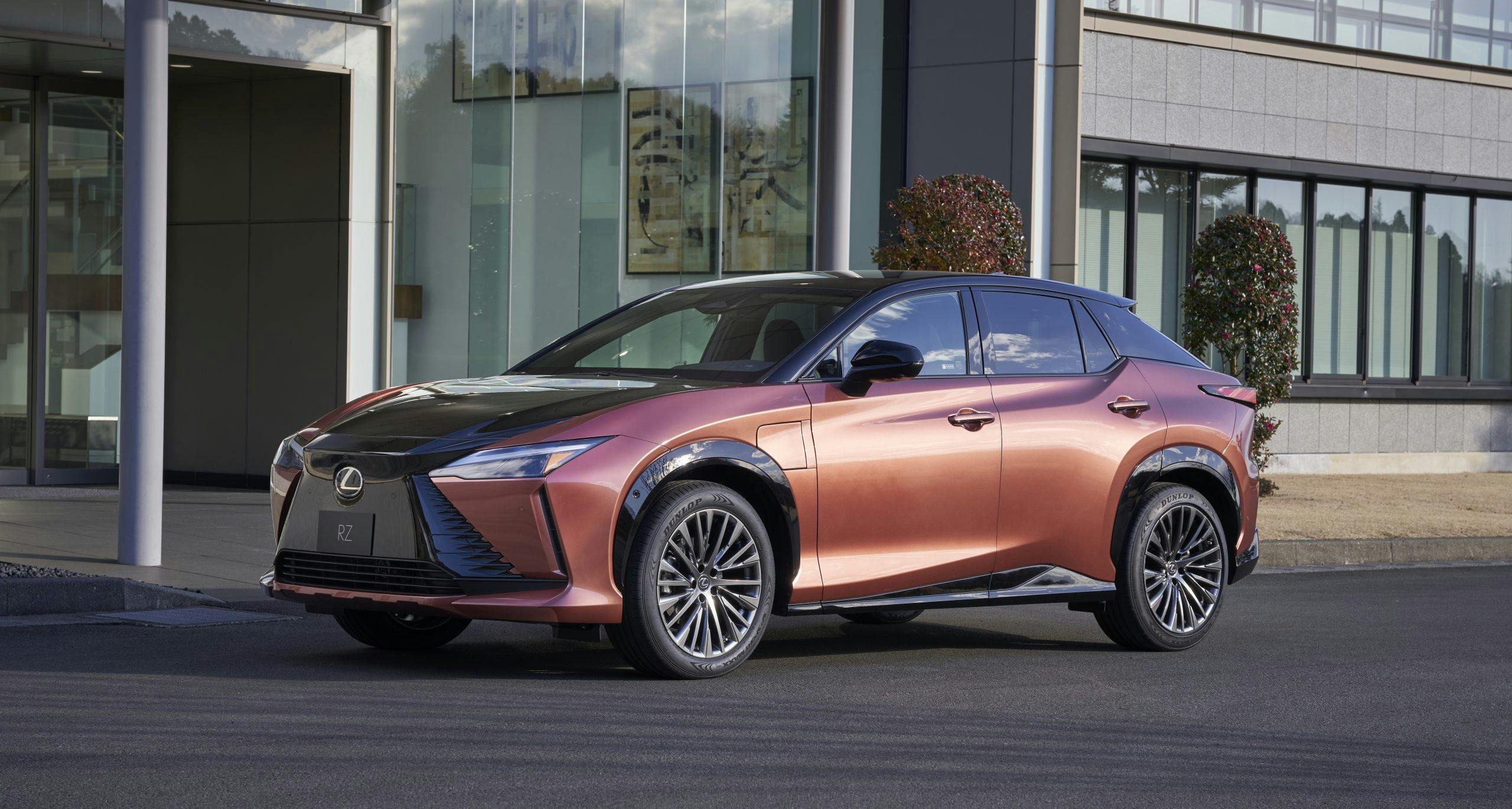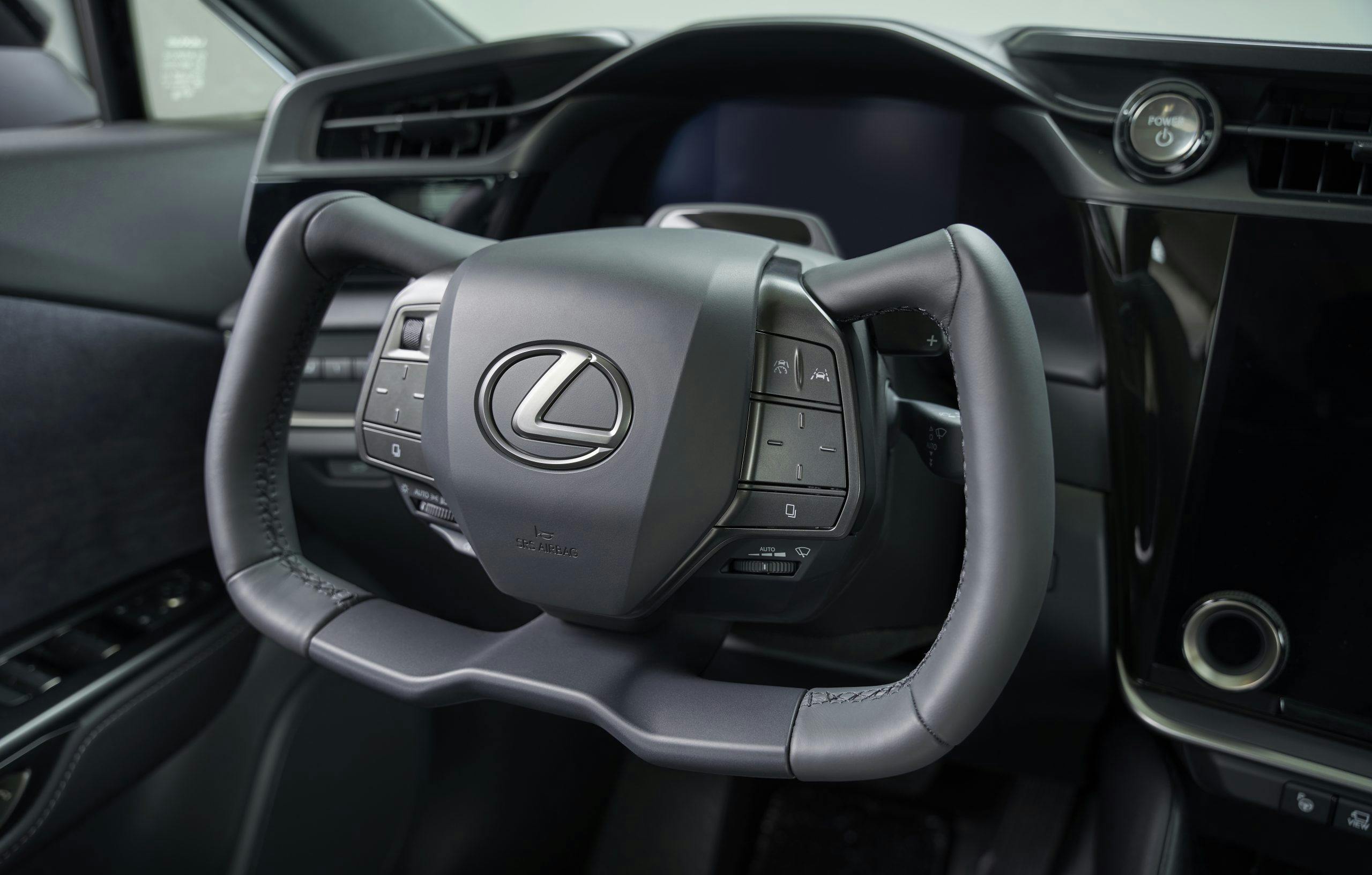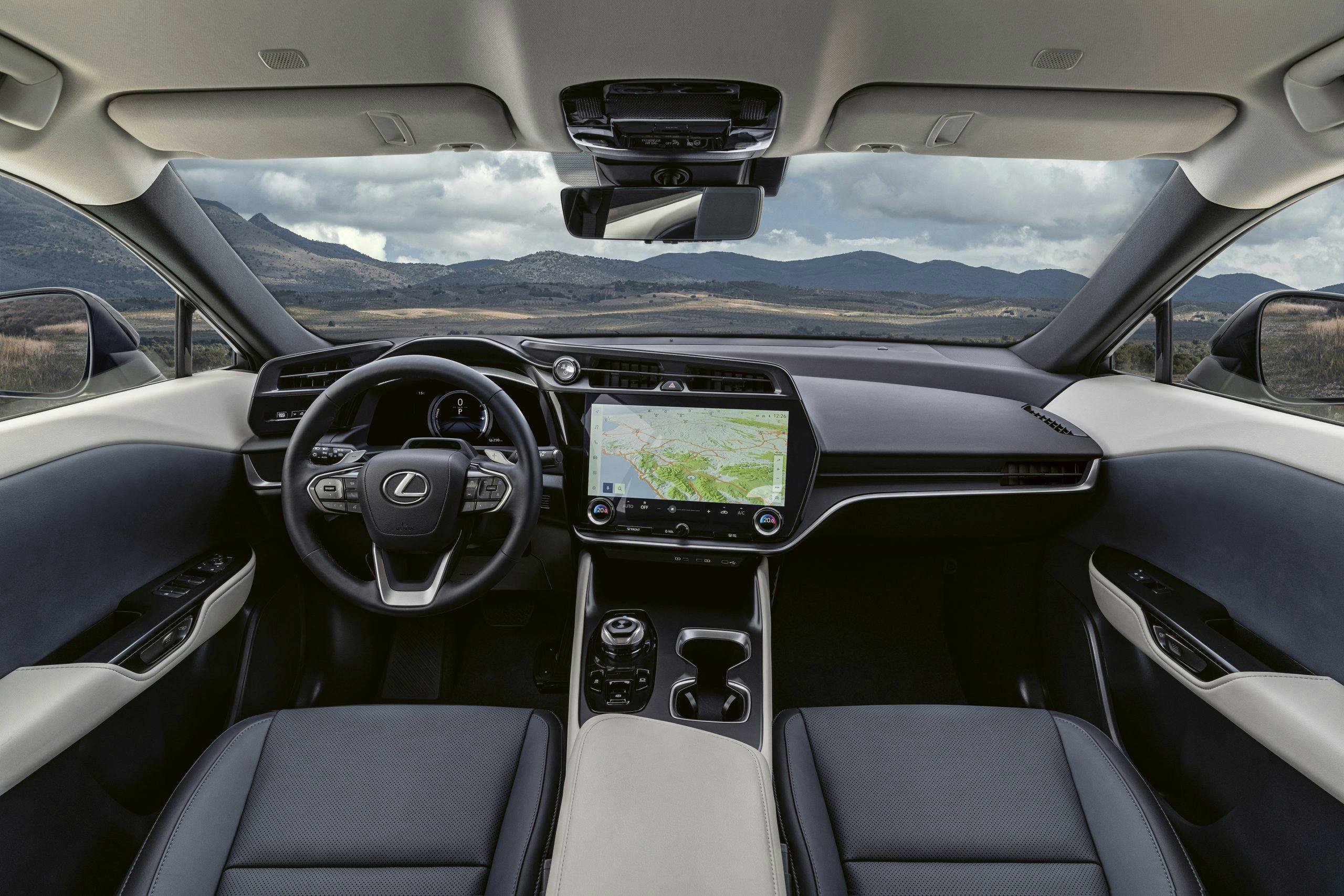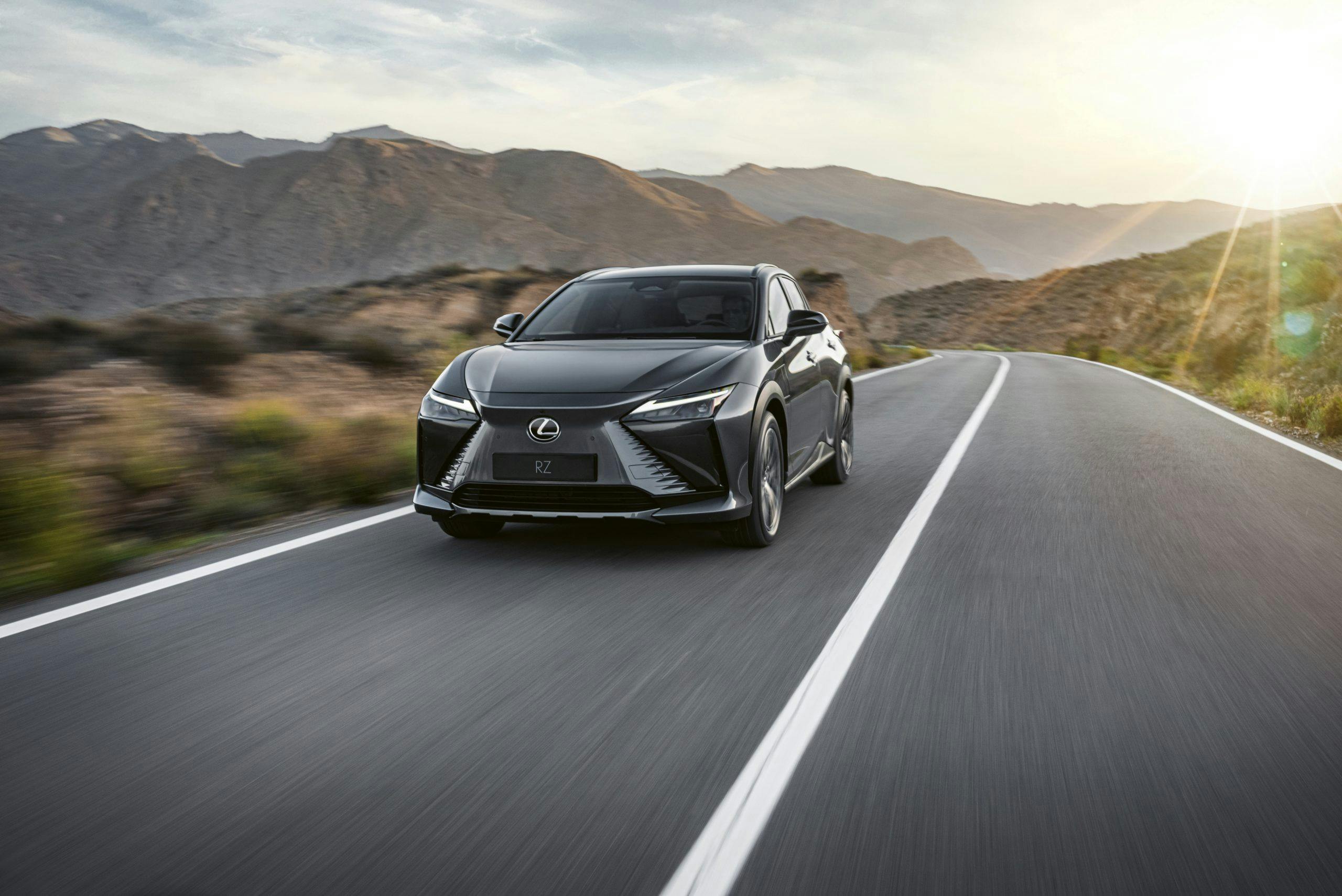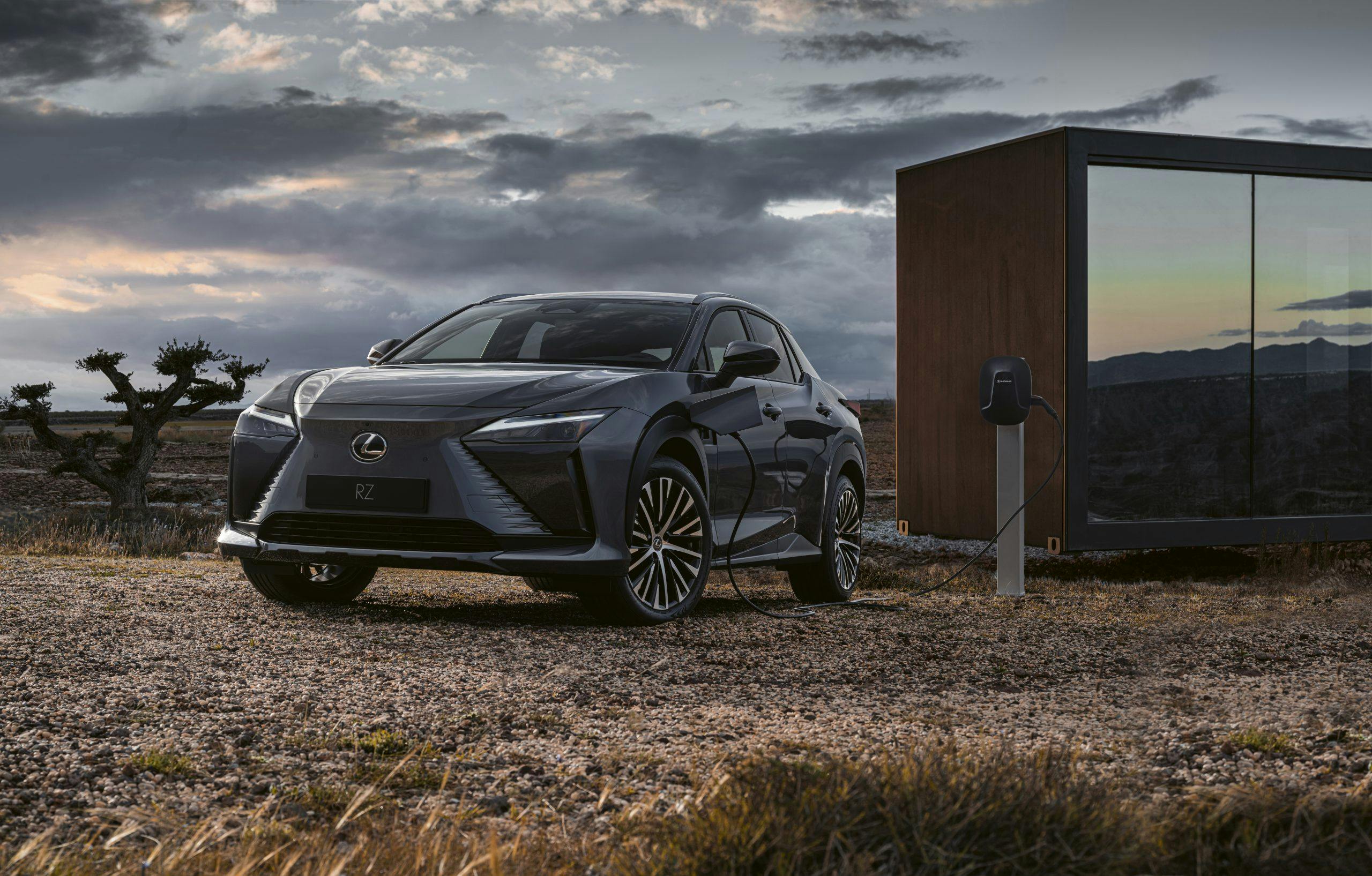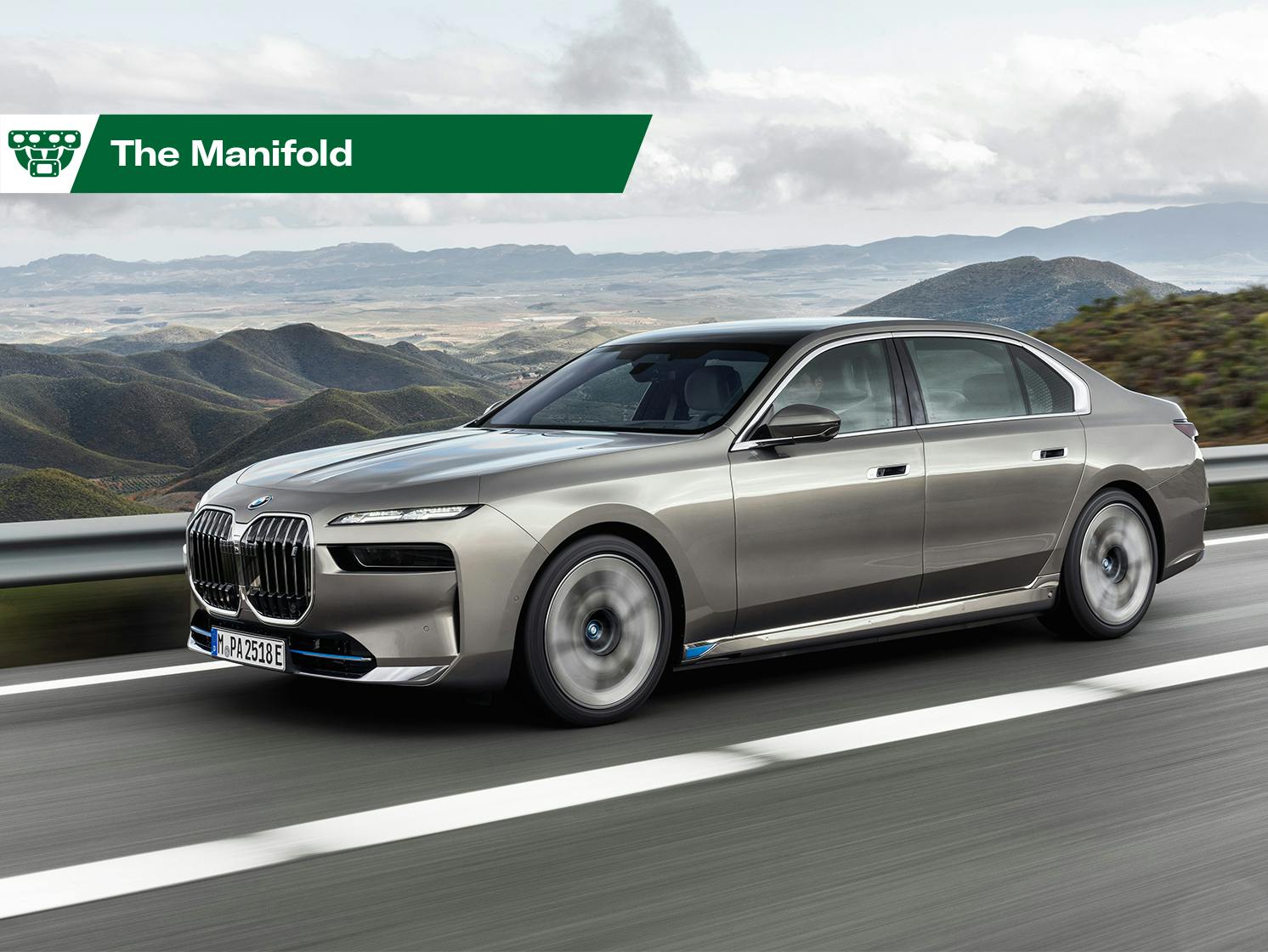Media | Articles
BMW’s new 7 Series, U.S.-spec Microbus EV in disguise, spy plane–chasing Pontiac
BMW’s new 7 Series is more than a big set of kidneys
Intake: Brace yourself, BMW loyalists. The 2023 BMW 7 Series has officially been released, wearing many of BMW’s seemingly mandatory design cues: elephantine kidney grilles, highly visible running lights with recessed headlights, aggressive body surfacing, a classic Hofmeister kink in the daylight opening, and impossibly thin taillights. While a fully electric model (dubbed the i7) is available, turbocharged I-6 and V-8 mills are still in the mix. No matter the powertrain, BMW’s new flagship is 5.1 inches longer, and sports a 2-inch bump in height. The minimalist interior is on par with modern luxury vehicles, but the jeweled surfaces (where wood trim once lived) are an unexpected upgrade. And, of course, BMW’s hallmark iDrive controller keeps the new interior technology easily at hand.
Exhaust: Sometimes beauty is skin deep … and sometimes it’s regrettably misleading. The seventh-gen 7 Series is boxier and sports a very polarizing grille but what’s inside truly counts. More to the point, its guts are the stuff of flagship-sedan dreams, and the bevy of internal-combustion models continues its appeal to a traditional, global customer base that hasn’t fully embraced electrification. Have a look at the full press release to see why the new BMW 7 Series is more than just a pair of big grilles.
Supply chain woes offer reality check for EV production

Intake: While industrialized nations are moving at a furious pace towards vehicle electrification, we are hearing even more warning signs than before from top automotive executives. A new report from Reuters quotes BMW CEO Oliver Zipse saying the push toward EVs will “increase dependency on very few countries” since, for example, a large amount of raw materials used for batteries come from China. Supply-chain issues lie elsewhere, too. R.J. Scaringe, CEO of Rivian expresses anguish with the hurdles experienced to acquire semiconductors for his startup operation in a competitive market for parts and materials. Speaking to the Wall Street Journal, Scaringe noted that “90 to 95 percent of the supply chain does not exist.” And if the reality of what’s on the ground can’t meet the expectations of governments around the world, BMW CEO Zipse notes that “if you are not selling combustion engines anymore, someone else will.”
Exhaust: Sometimes good intentions are just that. As the pandemic affects the global labor market, as the supply chain faces countless external and internal threats, and as rare-earth availability remains subject to high international tensions, the truth of EV production may not be able to match many governments’ electrification intentions. Perhaps the timeline is too aggressive, but the reality of EVs isn’t dead yet: The Biden Administration’s loan guarantee for a graphite supplier for Tesla and the Stellantis/LG battery plant in Canada front-loads expenses for a long-term vision that is likely to become a reality. Just perhaps not as quickly as some wished.
This is the U.S.-spec electric Microbus in disguise
Intake: Don’t let the modern-day Transporter skin fool you: This is actually VW’s retrotastic ID. Buzz. More importantly, for the U.S. audience, it’s a test mule for the long-wheelbase version, the only configuration that the states will get. As VW promised at the New York auto show, proportions won’t be sacrificed for the additional cabin room; the extra cubic inches will come courtesy of a stretch between the axles. In addition to three rows of seating instead of just two, the North American version will offer the option of all-wheel drive, delivered via a second motor on the front axle. So far, we only know power output for the single-motor version: 201 hp and 299 lb-ft of torque. The all-wheel-drive ID.4 may offer a clue, since it rides on the same modular EV architecture (MEB) as the reborn Bus. The amorphous little crossover makes 295 hp and 339 of torque from two motors and offers between 245 and 251 miles of range.
Marketplace
Buy and sell classics with confidence
Exhaust: Americans still have two more years to wait before the electric Buzz arrives in 2024, but there’s every indication that VW has a hit on its hands. Unlike its ID. 4 stablemate, which looks like approximately every other electric pillbug roaming the streets, the Buzz will look like nothing else, making it instantly recognizable in and out of the enthusiast community. Can this spacious, stylish hauler capture the hearts of a new generation like original Microbus did?

Yoke or no yoke: How would you spec your Lexus EV?

Intake: The swishy Lexus version of the Toyota bZ4X will be available with controversial yoke steering. However, unlike the system fitted by Tesla, the Lexus RZ 450e employs steer-by-wire which should avoid all the awkward arm-twirling as there is no mechanical connection between the One Motion Grip yoke and the wheels. Instead, electric motors change the front wheel direction based on the driver’s inputs on the yoke and other factors such as speed. The yoke only turns a maximum of 150 degrees so you need never cross your hands to make even the tightest turn. For those not taken by the technology the good news is that drive-by-wire will be an optional extra.
The Lexus RZ 450e sits on Toyota’s e-TNGA platform with the battery pack sitting low in the chassis. A 150 kW (204 hp) electric motor drives the front axle and an 80 kW (109 hp) unit serves the rear wheels. There’s an intelligent AWD system called DIRECT4 which monitors vehicle speed, steering angle and g-forces to supply the appropriate amount of torque to each axle at all times. With a 71.4 kWh battery pack Lexus says that the RZ will be able to drive more than 250 miles on a charge (as calculated by the European WLTP cycle).
Design-wise, there’s clearly a lot shared with the bZ4X, but the Lexus has its own accents. Moving on from its “spindle grille” Lexus says it has applied a spindle theme to the whole body. There are more elegant, gloss wheel arch trims and side skirts, and available two-tone paintwork to set it apart from it’s less expensive relative. Inside, alongside more premium materials there’s a large clear panoramic roof which can be dimmed electronically if the sun gets too bright. There’s a new Lexus Link UX which is promised to be faster and more intuitive with cloud-based navigation and conversational voice recognition. Prices are expected to start at around $50,000 when the car is released later this year.
Exhaust: Lexus says that its drive-by-wire system “still provides feel and feedback at all times, maintaining a strong connection between driver and car.” The proof will be in the driving, of course.
BMW 2002 reborn as an electric restomod

Intake: The big news from BMW today may be the new i7, but a small German specialist has quietly introduced a battery-powered 2002. Bavarian Econs Tech Gmbh offers its electric restomod 2002te in two flavors: Elektro and Econ. Elektro ditches the engine and transmission in favor of a 161 hp rear-mounted electric motor which is enough to see the 2,535-lb BMW to 60 mph in 6.2 seconds. Top speed is 150 mph and the range is up to 180 miles–rather less if you deploy all the power. Bavarian Econs says it won’t limit production of the Elektro and, EV swap aside, will leave the car alone. The Econ version pushes power up to 250 hp, and gets a hand-built body with an interior design tailored to each of the five customers it will be offered to. Prices on request.
Exhaust: Compact and light, the 2002te is the antithesis of the current crop of EVs and all the more appealing as a result. Perhaps even our own 2002-owning Sam Smith would approve?
U2-chasing Pontiac G8 GT for sale
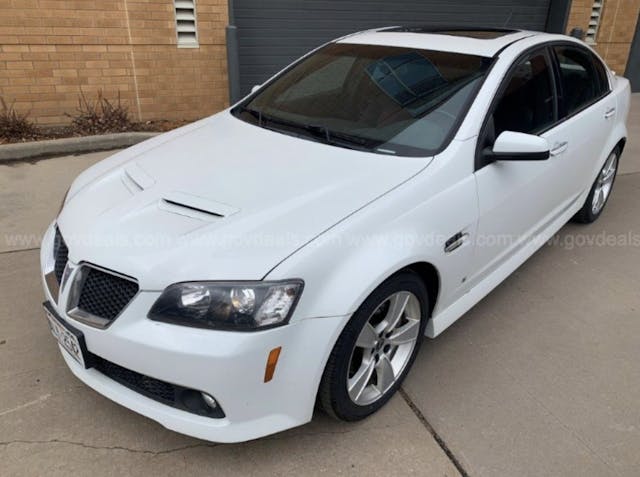
Intake: GovDeals.com is auctioning off a Pontiac G8 GT that was used to help U2 reconnaissance planes land safely. The chase cars followed the planes and helped provide an extra set of eyes for the pilots, and the cars used for this particular mission were selected because of their high-performance attributes. This particular Air Force veteran has just under 40,000 miles and has a bid of $24,200.00. When in service, the chase vehicles had a light bar on the roof, but this one has been repaired and repainted. It has less than a day remaining, so we’ll see if its price climbs higher than the $24,200 current bid, which is a bit higher than the #2 (Excellent) value.
Exhaust: With its short production run, capable chassis, handsome lines, and V-8 power, the Pontiac G8 has all the makings of a fine collectible. The LS3-powered six-speed GXP made our 2019 Bull Market list and the automatic-equipped GT is also a fine V-8-powered sport sedan in its own right. We’re not sure that this G8’s military career will add much to its auction value, but at the least, it gives the next owner a great story to tell to the car’s admirers.


